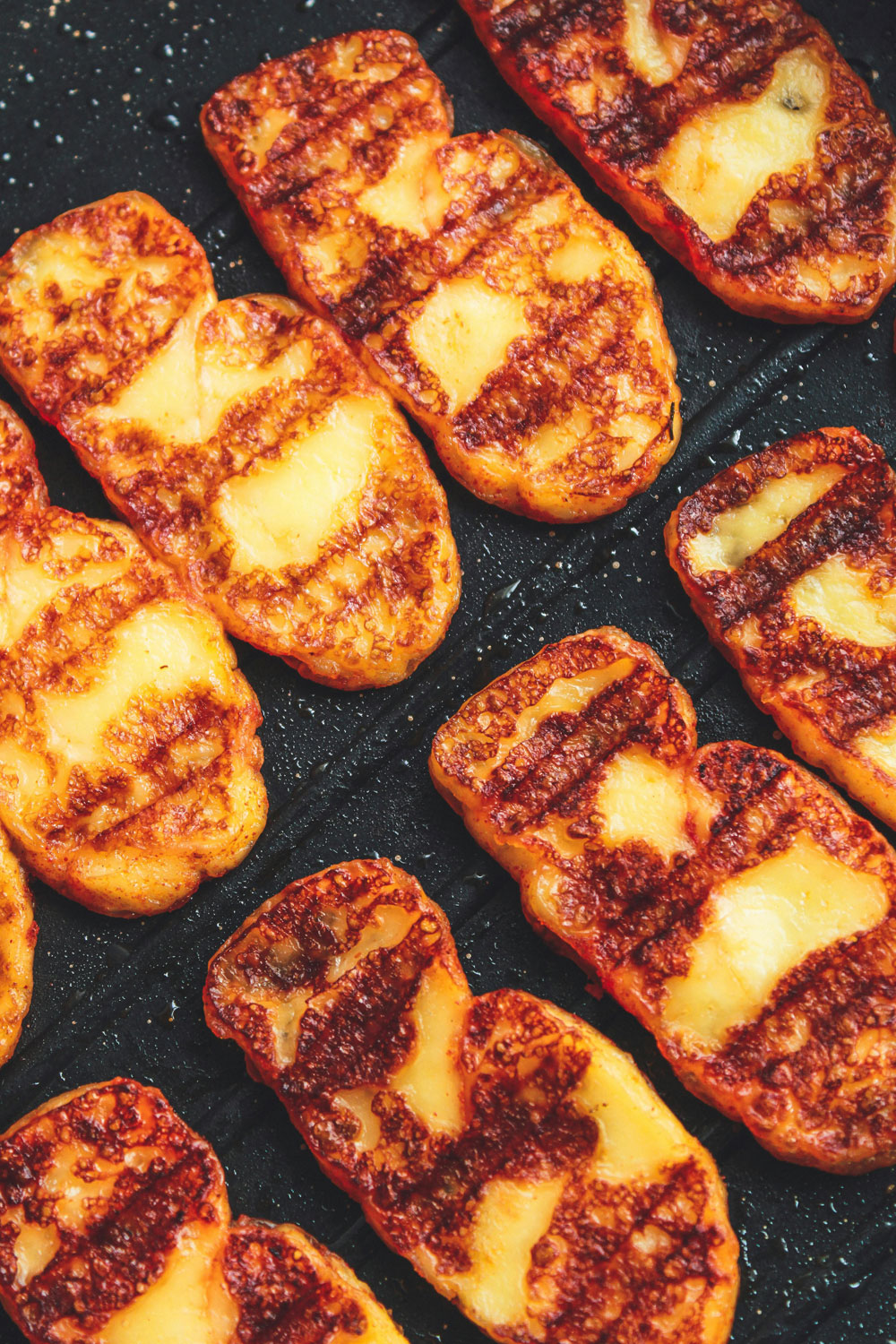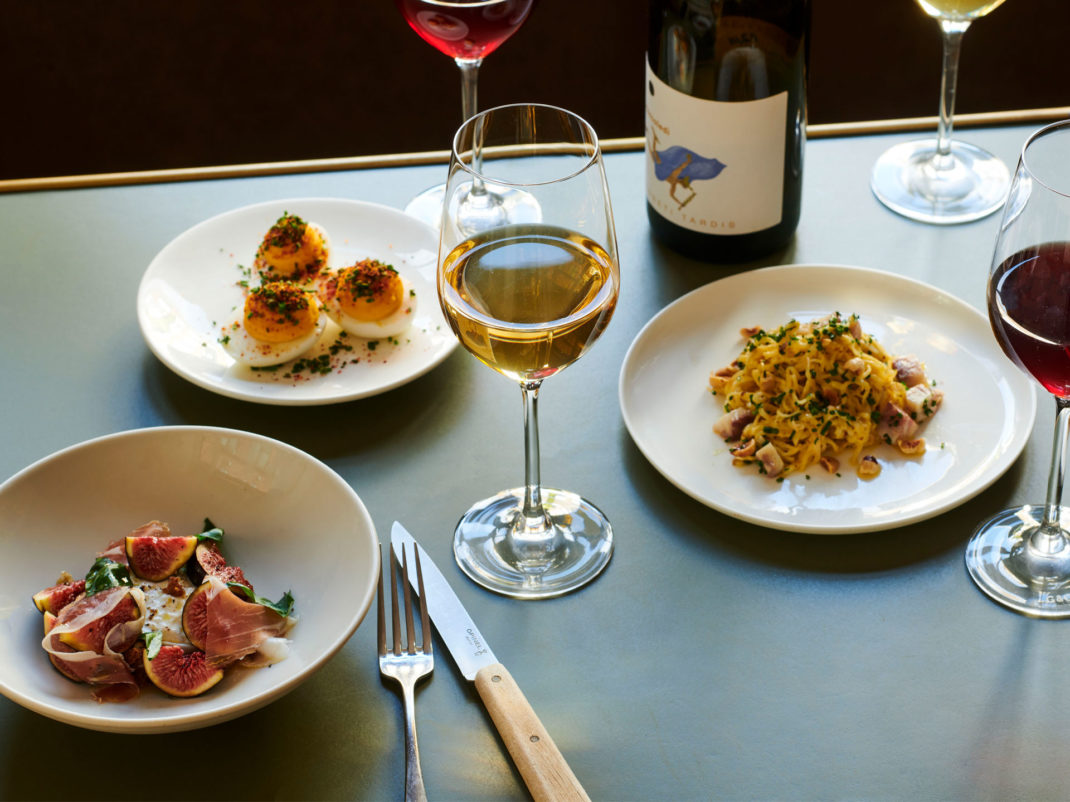
The Hot Honey Food Trend Is Sticking Around
By
6 months ago
Swicy flavours are everywhere right now
Foodies will have noticed a particular condiment taking over restaurant menus as of late. It’s being drizzled on pizzas, baked in desserts, fried as a halloumi glaze, and even infused into cocktails. We’re of course talking about hot honey: the buzziest flavour of the moment, which has soared in popularity in 2024. The #hothoney hashtag has amassed nearly 100 million views on TikTok, and Google searches for the term have never been higher. But where did this punchy trend originate – and why has it become such a staple for chefs?
What Is Hot Honey?
If you’re not already on board with the hot honey hype, here’s a bit of background. Hot honey is not simply warmed up honey, but spicy honey infused with chilli, which can be used to jazz up a wide variety of dishes. With its versatile taste, it works well in marinades and dressings, as part of a baking recipe, served with a cheeseboard, or simply as a topping to give salads, sandwiches, eggs or whatever else you fancy an extra zing.
Where Did The Hot Honey Trend Come From?
Like many of the biggest food trends, hot honey first took off in New York. However, its roots can be traced back to Brazil, where honey infused with chilli peppers has been used in both cooking and medicine for hundreds of years.
So how did it make its way to the Big Apple? Well, it all started with pizza. In 2009, a Brooklyn pizzeria called Roberta’s launched a Bee Sting pie, which was topped with spicy soppressata and honey. Then, in 2010, an American college student named Mike Kurtz – who had discovered hot honey during a trip to Bahia – launched his own version: Mike’s Hot Honey, and began selling bottles at another popular pizza joint, Paulie Gee’s. Before long, it was flying off the shelves, and pizzerias across the city were offering it as a topping.

Getty Images
A few years later, hot honey brands began popping up on UK shores. One of the earliest was WilderBee, born on eco chef Dan Shearman’s food truck in 2014, followed by brands like JD’s Hot Honey, Black Mountain Honey and Scottish Bee Company.
More recently, hot honey has become the go-to ingredient for restaurant menus across London and beyond. It’s now a firm fixture in trendy pizzerias, the hot honey chicken is one of Tandoor Chop House’s most popular dishes, the Riding House Cafes group serves it drizzled over buttermilk waffles, and at the BoTree Bar it appears in the truffled grilled cheese. Supermarkets are getting involved too, infusing the ingredient into their Christmas ranges for 2024 – M&S has a brie brûlée on offer, for instance, while Tesco is selling an ‘nduja and pork wellington with hot honey drizzle.
This all taps into a wider trend for ‘swicy’ flavours (a blend of sweet and spicy) – which experts predict will continue to dominate the food and drink sphere in 2025. ‘The spicy trend is here to stay,’ food industry advisor Sally Lyons Wyatt of Circana told CNN. ‘My whole motto for a couple of years has been, “the hotter the better”, because consumers gravitate to it. Traditionally, it was younger consumers that were driving this but now we’ve seen bold flavours being embraced by most age groups, but the dominant are still younger consumers.’
How To Make Hot Honey
Keen to give it a try yourself? Hot honey can be easily made at home. Simply combine honey and chilli flakes or peppers in a pan with oil, then simmer over a medium heat for a couple of minutes until the flavours combine. Leave to cool before using,






